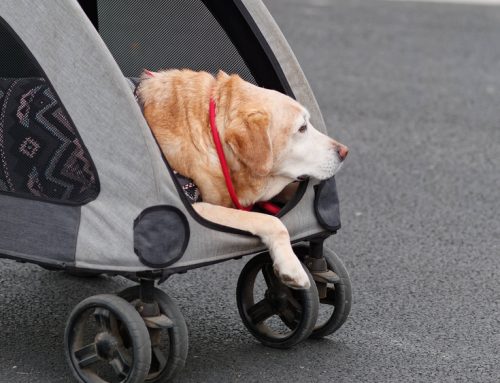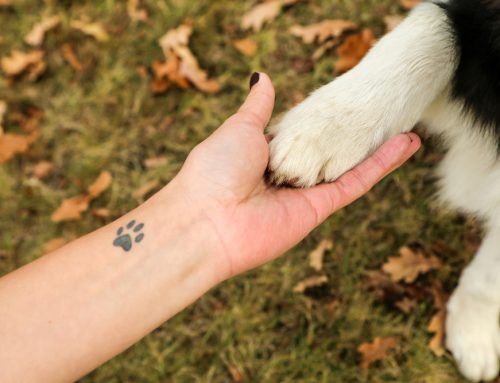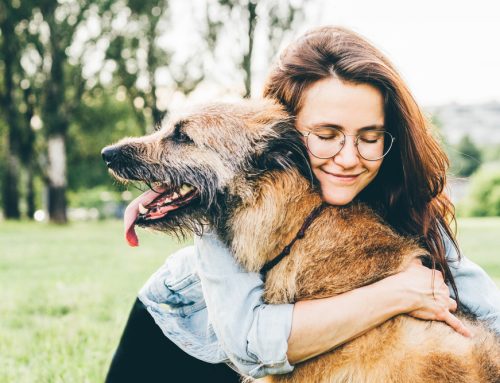Aquamation—also known as bio-cremation, resomation, and flameless cremation—is an environmentally friendly alternative to traditional cremation or burial. This well-established technology has been available for human remains in academic and private settings for many years, and now is quickly gaining popularity for pets.
Fond Farewell is proud to offer our clients this gentle and respectful option for their beloved pet’s aftercare.
Question: What is pet aquamation?
Answer: Aquamation—formally called alkaline hydrolysis—is a technology that replicates natural deterioration. A body that undergoes aquamation is not burned, but rather goes through an accelerated version of natural decomposition. What takes years to occur in nature takes only 20 hours with aquamation.
During aquamation, the body is placed inside a specially designed vessel or chamber, where gently heated water and a slightly (i.e., 5%) alkaline solution gradually dissolve the body’s soft tissues.
Q: Why would a pet owner prefer aquamation rather than cremation?
A: Aquamation is a cleaner, environmentally friendly option for human and pet remains, so is popular with pet owners who wish to reduce their carbon footprint. Unlike burial and cremation, aquamation does not disrupt the land or create air pollution. The water-based process boasts zero emissions and uses only one twentieth of a cremation’s energy. In addition, many who opt for aquamation—for their pets or themselves—view the process as more gentle, kind, and respectful to the body, since the process uses water instead of flames. The water is heated to an average temperature of 200 degrees, but flame-based cremation can reach 1,800 degrees and higher.
For pets, aquamation provides the additional benefit of avoiding wildlife tampering with the grave, a heartbreaking reality that can occur if the pet’s final resting place is too shallow, too remote, or not protected by a fence or barrier.
Q: What happens to my pet’s body during aquamation?
A: If you choose aquamation for your pet’s body, Fond Farewell will facilitate transportation to our aquamation partner. During the aquamation process, your pet’s body is placed gently inside a stainless-steel vessel that is then filled with water and a pre-measured amount of alkaline chemicals, based on your pet’s body weight. Over approximately 20 hours, the heated solution breaks the microscopic chemical bonds that hold all the soft tissues together, basically dissolving the connections that make up fat, protein, collagen, and all other soft-tissue building blocks.
Q: What happens to the water after pet aquamation?
A: Once the aquamation process is complete, two components remain—mineralized bone and the alkaline water (i.e., effluent), which contains only natural decomposition byproducts. Because aquamation involves high heat, the solution is pathogen-free and contains no genetic information (i.e., DNA or RNA). The effluent, which is sterile, is drained away and safely disposed of with other wastewater that is processed and purified at the nearest water treatment facility.
Q: Is pet aquamation an affordable alternative to cremation?
A: Although pet aquamation is still relatively new, pricing is on par with most flame-based cremation services. Despite needing a large volume of water, aquamation may eventually become more economical because its energy costs less. However, as with traditional cremation, individual aquamation is more costly than a communal or group service.
Q: Will I be able to receive my pet’s ashes after aquamation?

A: Yes. Because aquamation cannot break the strong bonds of mineralized bone, some skeletal “ash” remains. If ash return is requested, the remaining bone fragments and mineral remains are collected, dried, and reduced to a fine sand-like powder, and then collected in a clean container for the owner. On average, the aquamation process preserves 20% more remains than traditional cremation—plus, the ashes are a pure, natural white, rather than the carbon-based discoloration of a flame cremation.
As with standard cremation, aquamation can be performed as an individual (i.e., only your pet) or communal (i.e., with other pets) service. Individual aquamation is necessary if you wish for the return of your pet’s ashes. Communal aquamation ashes are typically spread in a memorial garden, or used to fertilize the soil and give back to the earth. If you choose a communal aquamation through Fond Farewell, your pet’s ashes will be laid to rest in the Pacific Ocean.
Choosing your pet’s aftercare method is an important but personal decision that requires careful consideration. If you have more questions about aquamation or the other available options, or would like to discuss your pet’s end-of-life care, contact Fond Farewell.















Leave A Comment